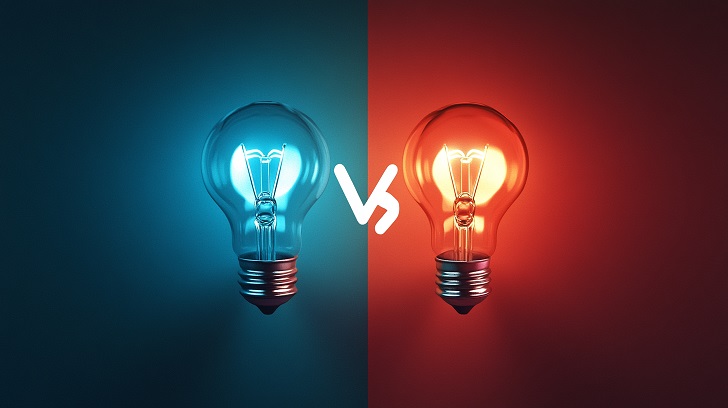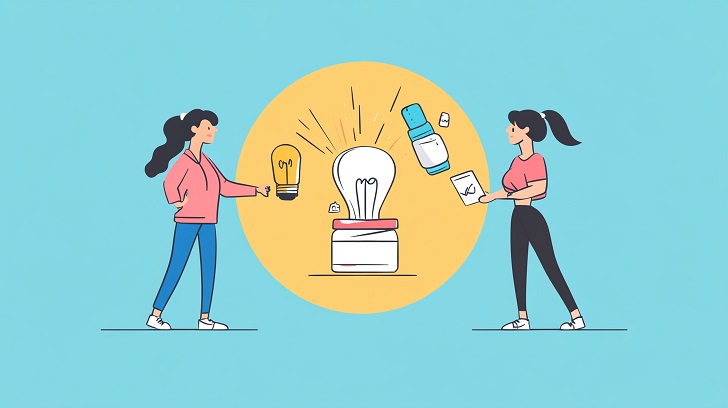The relentless march of technology is a clarion call to startups and entrepreneurs that adaptation is not just beneficial, it’s indispensable. By 2025, the landscape of Minimum Viable Product (MVP) development will have undergone seismic shifts, propelling innovative methodologies and emerging technologies to the forefront of startup strategy. Here, we unfurl the blueprint of future MVP development, exploring how nascent trends and current trajectories will crystallize by mid-decade.
Hyper-Agile Methodologies
In the race to deliver market-relevant products, agile development methodologies have become the beating heart of MVP creation. By 2025, hyper-agile approaches will predominate, integrating AI-driven analytics to optimize product iteration speeds. For startups, this means transitioning from monthly to weekly, or even daily, product updates and pivots, driven by real-time market feedback and predictive modeling. Teams that adopt these hyper-agile practices will gain a significant edge, reducing the time-to-market for new features from weeks to mere hours.
Artificial Intelligence and Machine Learning
AI and ML aren’t just buzzwords; they are revolutionizing how products are designed, tested, and launched. By leveraging Artificial Intelligence and Machine Learning algorithms, entrepreneurs will forecast market trends, customer behaviors, and potential pivots for their MVPs with unprecedented accuracy. According to a report by PricewaterhouseCoopers, AI could contribute up to $15.7 trillion to the global economy by 2030, and the realm of MVP development stands to be one of the primary benefactors of this value creation.
Sustainability and Ethics-First Approach
With an increasingly conscious consumer base, sustainability and ethics are now critical dimensions of product development. Startups in 2025 will not only have to assure the viability of their product in the market but also in the ecological and ethical spheres. A commitment to sustainable development practices will not simply be commendable, it will be demanded by consumers and regulations alike. Startups that integrate these priorities into their MVPs will resonate more deeply with their user bases and enjoy a stronger, more trust-based relationship with their customers.
The Rise of No-Code and Low-Code Platforms
The democratization of development through no-code and low-code platforms is a game-changer. By 2025, these platforms will empower a new wave of entrepreneurs who lack traditional coding skills but possess market-shifting ideas. Statista reveals that the low-code development platform market is expected to generate over $27 billion by 2022, and its upward trajectory is set to continue. This paves the way for a more inclusive startup ecosystem, enabling a broader segment of innovators to participate in MVP development.
Collaborative and Remote Development Ecosystems
The rise of remote work has obliterated traditional office boundaries, and by 2025, collaborative, decentralized ecosystems will be the norm. Tools that facilitate remote collaboration, such as virtual whiteboards, cloud computing services, and communication platforms, will evolve to support more seamless, instant, and cohesive MVP development processes. Startups that adeptly navigate this virtual landscape will harness the benefits of global talent pools and 24/7 development cycles.
Integration of Blockchain Technology
Blockchain’s immutable ledger offers not just heightened security but also unprecedented transparency in the development and deployment of MVPs. Smart contracts could automate multiple aspects of MVP operations, including user agreements, payments, and even the activation of new features based on community consensus or specified KPIs. By 2025, blockchain will likely underpin many MVP infrastructures, offering a level of assurance and efficiency previously unattainable.
Redefining User Experience through AR/VR
Augmented Reality (AR) and Virtual Reality (VR) are poised to redefine user experience in profound ways. MVPs that integrate AR/VR stand to offer immersive experiences that elevate user engagement and satisfaction to new heights. According to Grand View Research, the AR market size is expected to expand at a compound annual growth rate (CAGR) of 43.8% from 2021 to 2028. For MVPs, this means incorporating AR/VR capabilities could soon transition from a novel feature to a competitive necessity.
Predictive Analytics and Big Data
In the realm of MVP development, the role of predictive analytics and big data cannot be overstated. By 2025, these tools will be integral to refining MVPs, enabling startups to anticipate user needs, personalize experiences, and pinpoint the exact features that will fulfill market demands. Leveraging big data analytics, startups will not only streamline development cycles but also construct a more resonant and targeted MVP.
Crowdsourcing for Innovation and Feedback
Crowdsourcing has cemented itself as a vital tactic for sourcing ideas, feedback, and even funding. Platforms like Kickstarter and Indiegogo serve as springboards for innovative MVPs, and by 2025, these sites will likely evolve to offer deeper insights and analytics, allowing startups to tailor their offerings even more closely to market desires.
In conclusion, MVP development in 2025 will be characterized by rapid iteration, deep customer insights, and a sharp focus on ethical and sustainable product creation. Startups that embrace these future contours will not only navigate the changing tides but will set the pace, steering the industry towards more resilient, responsive, and impactful innovation. At AutopilotNext, we are committed to being at the forefront of this evolution, equipping businesses with the insights, tools, and agility required to thrive in the dynamic world of 2025 and beyond.




